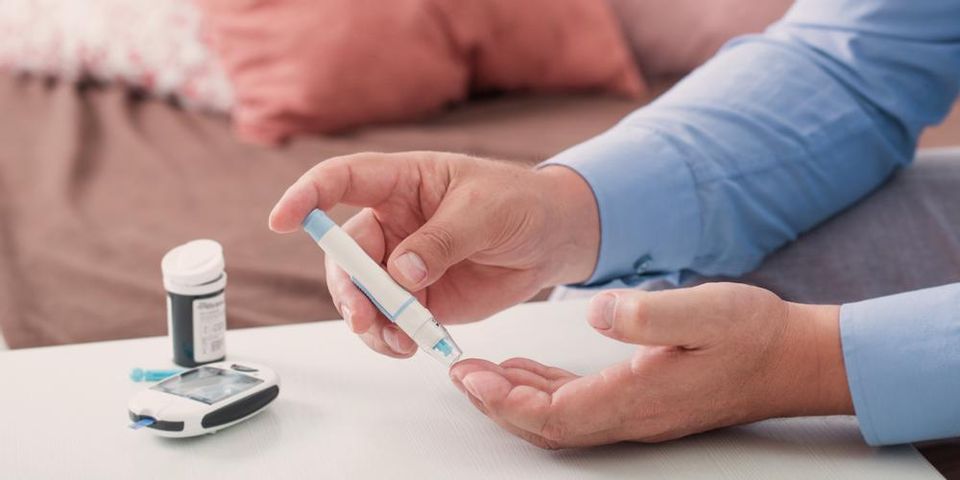What Is the Difference Between Type 1 & Type 2 Diabetes?

According to the American Diabetes Association, over 30 million U.S. citizens have diabetes. This makes it one of the most prevalent conditions in the country. Whether you have a loved one with the illness or suspect you may have it, treatment and lifestyle changes are based on the type. Learn the differences between Type 1 and Type 2 versions to provide yourself or a family member with better care and quality of life.
Guide to Diabetes Conditions
Type 1 Diabetes
 While both versions of the condition deal with high blood pressure, Type 1 is characterized by the body’s lack of insulin production. The immune system mistakenly attacks pancreatic cells instead of supporting them. Since the cells are destroyed and negatively affect normal insulin levels, Type 1 is also considered an autoimmune disorder. In most cases, the reason for developing it is unknown.
While both versions of the condition deal with high blood pressure, Type 1 is characterized by the body’s lack of insulin production. The immune system mistakenly attacks pancreatic cells instead of supporting them. Since the cells are destroyed and negatively affect normal insulin levels, Type 1 is also considered an autoimmune disorder. In most cases, the reason for developing it is unknown.
The most common symptoms of this syndrome include feeling tired or like you have the flu. You may also urinate frequently and feel thirsty. Additional signs include blurry vision, increased hunger, and losing weight, even if you’re eating frequently. Indicators of low blood sugar include weakness, sweating, and fainting.
Patients with Type 1 diabetes must take insulin and monitor their blood sugar. This treatment will help them keep their sugar levels as normal as possible, and their physician will also recommend a diet and exercise plan.
Type 2 Diabetes
When a patient has Type 2 diabetes, their cells begin resisting their body’s natural production of insulin. As a result, glucose builds up in the bloodstream. The pancreas detects the abnormal levels of glucose and begins producing more insulin. This process eventually makes it impossible for the body to regulate spikes in blood sugar levels.
As with Type 1 diabetes, typical symptoms include vision problems, fatigue, and dehydration. With this condition, however, you may also notice frequent sores, infections, or darker skin on the neck or armpits. Risk factors for Type 2 include being overweight, having a family history of the illness, and physical inactivity.
Treatment includes monitoring your blood sugar, exercising, and eating healthy. Some people need medication or insulin therapy, so speak with your doctor about the right remedies for you.
With quick diagnosis and continued treatment, patients can remain healthy while living with diabetes. Lexington Family Physicians in Lexington, NC, provide physical exams and laboratory tests to obtain a diagnosis, as well as a variety of treatments and preventative services. To discuss your diabetes with a skilled and caring physician, call them at (336) 249-3329. For information about their medical staff and practice hours, visit the website.
About the Business
Have a question? Ask the experts!
Send your question

